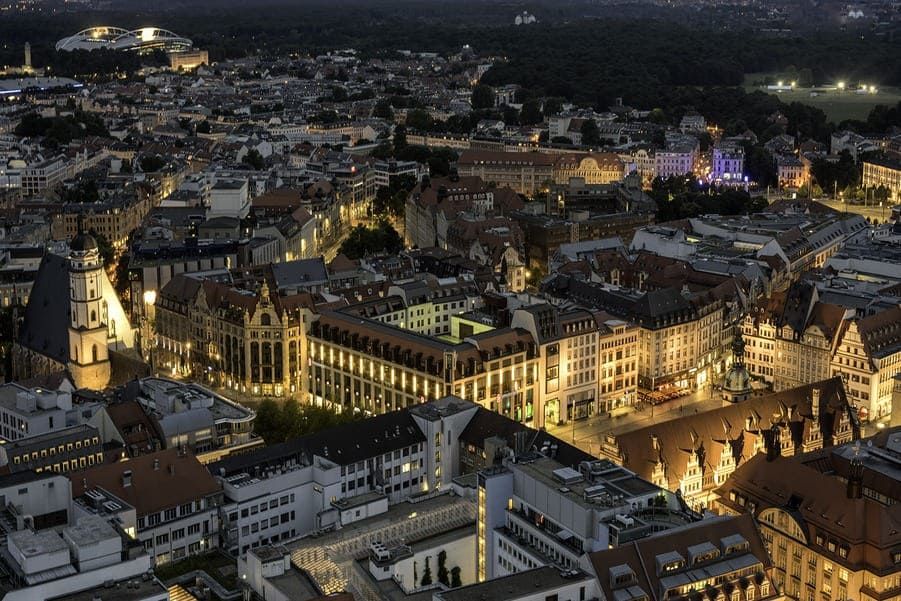Leipzig’s cultural assets

With just under 600,000 inhabitants, Leipzig is the largest city in Saxony and one of the six regional centres of Saxony as well as one of the most popular large cities in Germany. Due to its central location, the city has developed into an important transport and logistics centre. Leipzig is all about industrial culture. Where once thousands of workers did their daily work in Leipzig’s brick buildings, today vibrant creative workplaces are emerging. Galleries, artists’ studios, theatres and manufactories await you in the city.
The city’s cultural metropolis
Leipzig is known for its wealth of carefully restored or reconstructed cultural monuments and its numerous city canals. Many historical buildings and monuments define the image of the city centre. The historical and central point of the city centre is the Leipziger Markt (Leipzig Market) at the old town hall. Probably the best known is the Old City Hall, built in Renaissance style. From here, it is easy to explore the old town, which contains many historical monuments.
Leipzig’s sporting attractions
The city is also a centre of attraction for sports enthusiasts. Sport has a long tradition there, with the German Football Association being founded in 1900. Leipzig is also known for its many green spaces and parks. For nature and recreation, there are, of course, also various attractions available in the city and can be found in one of the many gardens or parks, such as the Johannapark or Leipzig’s Palmengarten.
Leipzig – City of music
The musical city of Leipzig enjoys a great reputation in the world of classical music. The Thomanerchor is one of the most famous boys’ choirs in Germany, having been in existence since 1212, and its name is closely linked to that of Johann Sebastian Bach, who was once cantor at St Thomas’ Church and director of the choir. Many of his most important works were written in Leipzig. This is where Johann Sebastian Bach has his resting place. The St Thomas’s Boys Choir still performs Bach’s music with great dedication today. The Leipzig Opera and the Gewandhaus should also be mentioned in this context. Many world-famous composers worked in Leipzig during the Romantic period.
Education in the city
This historic city has a lot to offer. This also applies to quality of life. Leipzig is also a popular city for students. The University of Leipzig is one of the leading medical universities in Germany. It was founded in 1409 and offers a unique variety of subjects, from humanities and social sciences to natural sciences and sciences. In total, the university offers more than 150 different fields of study. The campus and its buildings dominate the Leipzig landscape, as the University is located right in the middle of the city on Augustusplatz.
Moving to Leipzig
The cultural metropolis on the river Pleisse in central Germany is huge. Old Göthe already knew this. Leipzig has almost 600,000 inhabitants, covers an area of around 297 km² and is located in the eastern part of Germany. It is a city of music, architecture and sport. It is worth choosing this city to move to because of the variety of goods offered by Leipzig and its surroundings.
